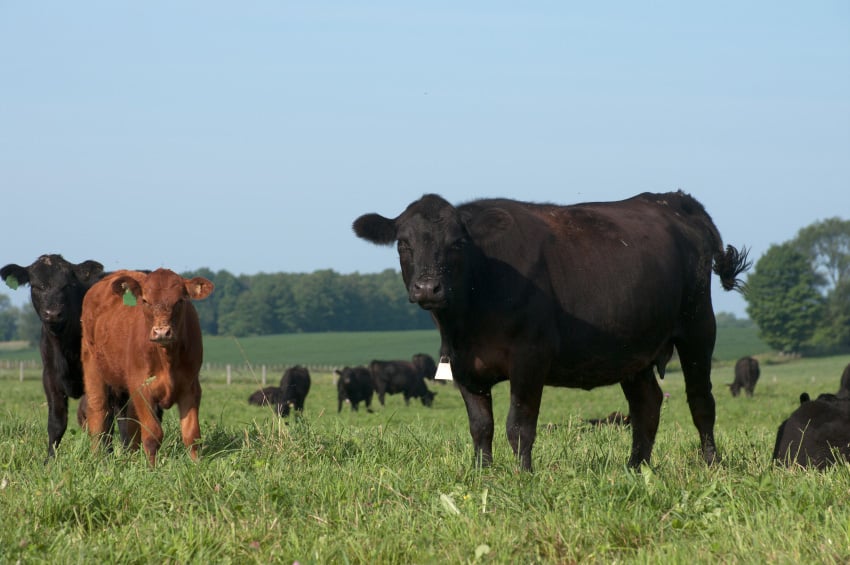Cross commodity hedging is a popular way of managing risk for producers and speculators alike. Also referred to as cross hedging, this financial strategy involves opening positions in related markets to mitigate systemic exposure. While sophistication levels vary wildly and depend upon a variety of inputs, this methodology is a viable way of protecting wealth from an unfortunate turn in asset value.
Risk Management 101: What Is a Cross Hedge?
A cross hedge is a risk management strategy where the trader takes opposing positions in two (or more) positively correlated markets. To ensure that the hedge is effective, each security must have an equal maturation date and quantity. Assuming the orders are executed efficiently at market, the risk gradient of the aggregate position is vastly reduced as fluctuations in pricing are accounted for by at least one of the open positions.
Confused? Don’t worry. The topic of commodity hedging can be extremely complex, but it’s easier to understand once you see how it works. The utility of this type of strategy is largely dependent upon the degree of correlation between assets. Establishing consistent correlations can be a tricky area because they frequently change and there’s significant nuance involved with developing a valid measurement. However, when executed properly, the cross hedge can be an effective way to reduce risk exposure.
Any trades are educational examples only. They do not include commissions and fees.
Cross Commodity Hedging in Action
Although the concept of a cross hedge may seem to be a bit convoluted, putting one into action is relatively straight forward. Here’s a basic example of cross commodity hedging:
-
- Cameron is a corn gluten feed (CFG) producer based out of northeastern Louisiana. Due to the fact that CFG is milled from corn, Cameron is extremely interested in insulating operations from any undue volatility in the corn market.
- Cameron’s monthly CFG output is upwards of 10,000 pounds. One bushel of corn produces in the neighborhood of six pounds of CFG, thus 1667 bushels of corn will be consumed in sustaining monthly production. To put the cross hedge into action, Cameron sells one CME corn futures contract (ZC). Corn futures feature a contract size of 5000 bushels, which will cover the risks associated with three months of milling.
- While CFG and corn pricing are independent of one another, they are correlated. Even though there is no CFG futures contract to directly limit exposure, the cross hedge is beneficial because it reduces the risk involved with the spot markets. If CFG prices fall, gains from shorting the ZC contract will minimize cash losses.
This example is a straightforward illustration of how cross commodity hedging works. In practice, Cameron may have chosen another correlated product, such as soybeans, to incorporate into the strategy. Ultimately, the job of a cross hedge is to limit risk ― if a security with a stronger correlation exists, then it’s the best tool for the job.
In addition to purely financial applications, cross hedges are commonly found throughout industry. Here are two examples:
- Air travel: Commercial airlines are particularly active in implementing a variety of cross hedge strategies. Positions are frequently taken in the WTI crude oil (CL) and heating oil (HO) futures markets to manage the volatility of jet fuel pricing.
- Sunflower Oil: Sunflower oil producers often look to soybean oil futures (ZL) as a tool for managing risk. The positive correlation between the two make ZL an avenue for addressing potential challenges facing production and spot market pricing of sunflower oil.
Building a Rock-Solid Hedge with Futures
Successfully navigating the world of finance depends greatly upon how risk is identified, quantified, and managed. Cross commodity hedging is only one area of risk management, but it can be a powerful way of limiting downside exposure.



